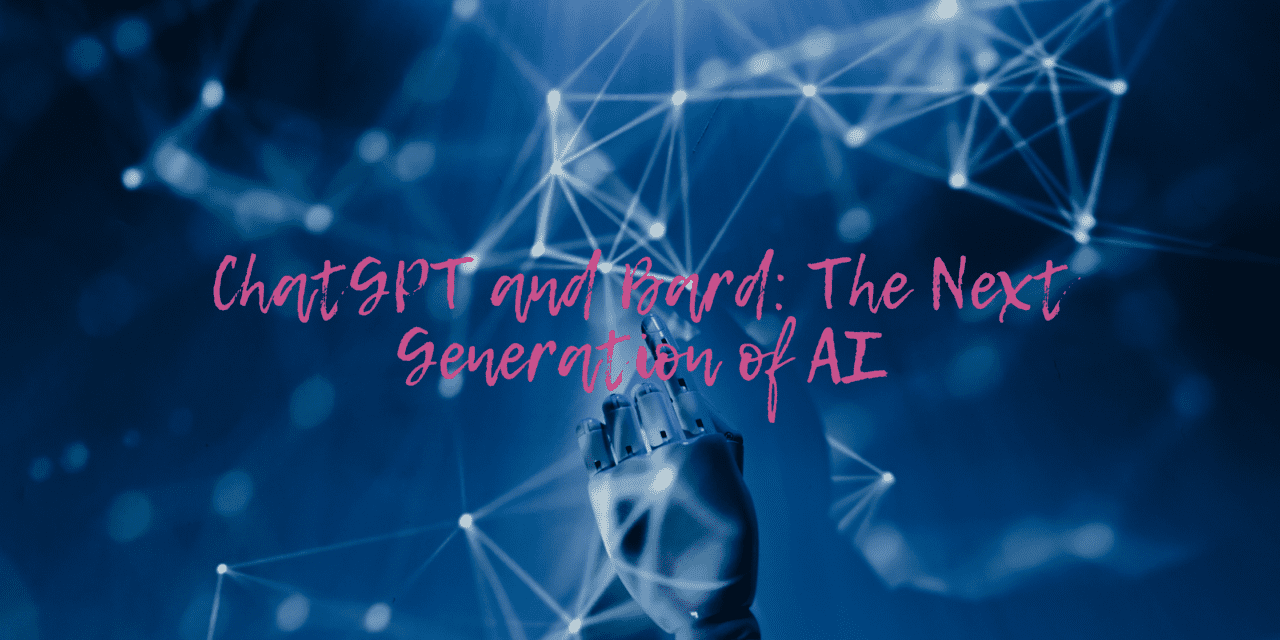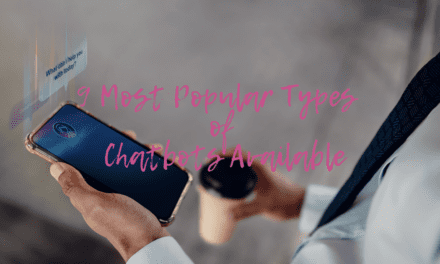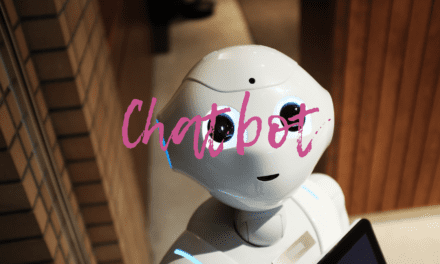Artificial intelligence (AI) is a rapidly evolving field, and one of the most promising new developments in AI is the rise of large language models (LLMs). LLMs are trained on massive datasets of text and code, and can be used to generate text, translate languages, write different kinds of creative content, and answer your questions in an informative way.
Two of the most well-known LLMs are ChatGPT and Bard. ChatGPT is a large language model developed by OpenAI, and Bard is a large language model from Google AI. Both ChatGPT and Bard are still under development, but they have the potential to revolutionize the way we interact with computers.
In this article, we will take a closer look at ChatGPT and Bard, and explore the potential impact they could have on our lives.
First, we will discuss what LLMs are and how they work. Then, we will discuss the potential benefits of LLMs, such as their ability to generate text, translate languages, write different kinds of creative content, and answer our questions in an informative way. Finally, we will discuss some of the potential risks associated with LLMs, such as the possibility that they could be used to generate harmful or misleading content.
We hope that this article will provide you with a better understanding of LLMs and their potential impact on our lives.
What are LLMs and how do they work?
LLMs are a type of artificial intelligence (AI) that are trained on massive datasets of text and code. This allows them to learn the statistical relationships between words and phrases, and to generate text that is both grammatically correct and semantically meaningful.
LLMs are typically trained using a technique called supervised learning. In supervised learning, the AI is given a set of training data, which consists of pairs of input and output values. For example, the training data for an LLM might consist of pairs of sentences and their corresponding summaries. The AI is then trained to predict the output value for a given input value.
Once the AI is trained, it can be used to generate text, translate languages, write different kinds of creative content, and answer our questions in an informative way.
Potential benefits of LLMs
LLMs have the potential to revolutionize the way we interact with computers. They could be used to create more natural and engaging user interfaces, to generate personalized content, and to provide us with access to information and knowledge in new and innovative ways.
For example, LLMs could be used to create chatbots that can have more natural conversations with humans. They could also be used to generate personalized content, such as news articles or product recommendations, that are tailored to our individual interests. Additionally, LLMs could be used to provide us with access to information and knowledge in new and innovative ways. For example, they could be used to create interactive encyclopedias or to generate summaries of complex topics.
Potential risks associated with LLMs
LLMs also have some potential risks associated with them. For example, they could be used to generate harmful or misleading content. Additionally, they could be used to create deepfakes, which are videos or audio recordings that have been manipulated to make it appear as if someone is saying or doing something they never actually said or did.
It is important to be aware of these risks and to take steps to mitigate them. For example, we should be critical of the information we consume online and we should be aware of the possibility that deepfakes could be used to deceive us.
Conclusion
LLMs are a powerful new technology with the potential to revolutionize the way we interact with computers. However, it is important to be aware of the potential risks associated with LLMs and to take steps to mitigate them.








